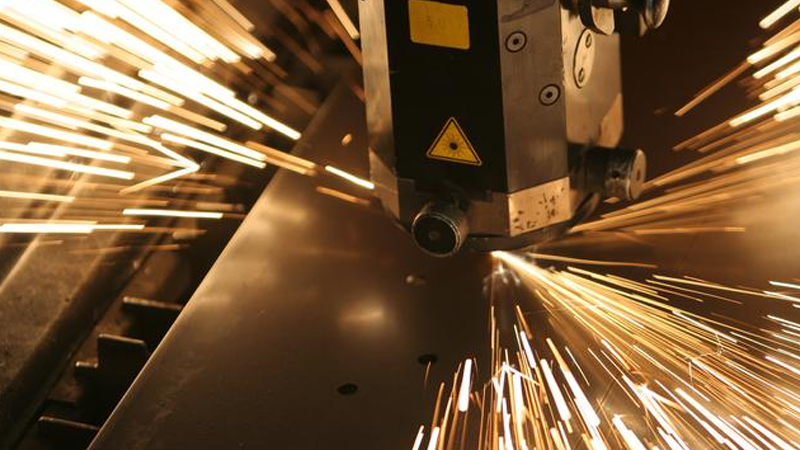Introduction to Laser Cutting in Sheet Metal Processing
With the advancement of technology, mechanical equipment is widely used in sheet metal processing plants. Laser punching machines are one of them, which radiate high-intensity laser beams to the metal surface. Through the interaction between the laser and the metal, the metal absorbs the laser and converts it into heat energy, which melts the metal. Cooling and crystallization form welding. Laser welding in sheet metal processing requires a complete process.
1. Weldable materials:
Carbon steel, stainless steel, aluminum alloy, copper alloy, titanium alloy, pickling plate, as well as various high melting point, high hardness, special alloy materials, titanium, nickel, tin, copper, aluminum, chromium, niobium, gold, silver non-ferrous metals, etc;
2. Laser welding features:
Non contact processing, no need to apply pressure or surface treatment to the workpiece;
Small solder joints, high energy density, and beautiful welds (points);
The aspect ratio is large, up to 5:1, and the highest can reach 10:1;
Short welding time, fast speed, efficient use of energy, minimal heat affected zone, and basically no deformation;
No need for metal filling, no need for vacuum environment, and no danger of X-rays emitting in the air like electron beams;
Welding has strong airtightness and high strength, generally higher than the base material;
Workpieces with different materials and thicknesses can be completely welded;
No processing noise, no pollution to the environment, and can also be welded through transparent material walls;
Can perform long-distance welding, multi-channel simultaneous or time-sharing welding;
Sheet metal processing, easy to install on automatic machines and robot equipment;
3. Laser welding technology: heat transfer melting welding, deep penetration melting welding, spot welding technology, and splicing welding technology;
4. The factors that affect laser welding technology include power density, spot size, defocus amount, irradiation time, welding method, fixture plan, clamping method, precision of welding device, material variety and thickness, etc








